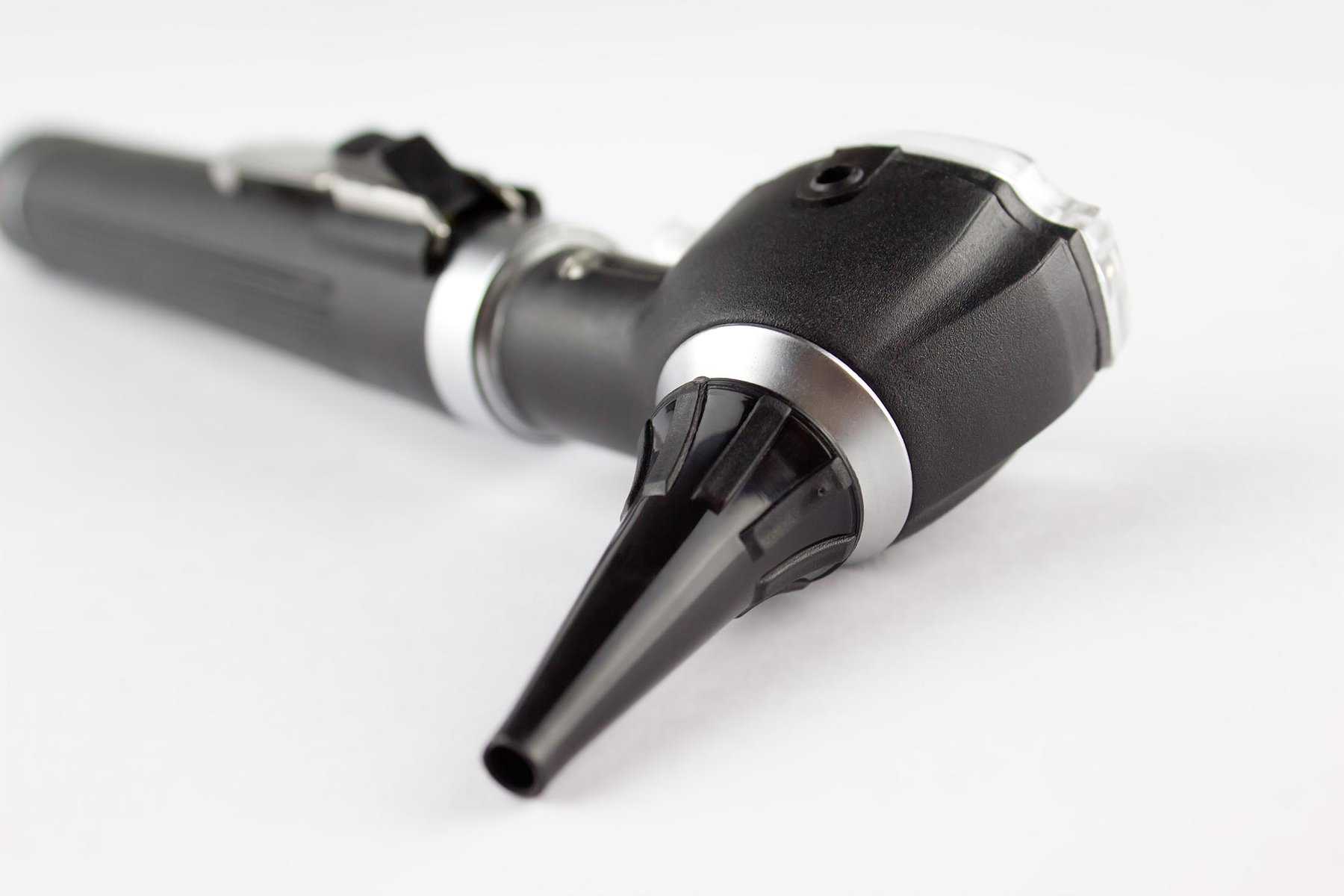Cholesteatoma Treatment
Effective solutions for cholesteatoma. Contact us for a consultation today.

Overview
Cholesteatoma is an abnormal, non-cancerous skin growth that can develop in the middle ear, behind the eardrum. This condition can lead to hearing loss, infection, and other serious complications if left untreated. Addressing cholesteatoma promptly is crucial for preventing further damage to the ear structures and maintaining hearing health. At The Forbury Clinic, we provide expert care and advanced treatments to manage and treat cholesteatoma effectively.


What is Cholesteatoma?
Cholesteatoma is a growth of skin cells that occurs in the middle ear. It typically forms as a result of repeated infections, which can cause a part of the eardrum to be pulled into the middle ear, creating a cyst that collects old skin cells and other debris. Over time, the growth can increase in size and damage the delicate structures within the ear.
Common symptoms and signs include:
- Persistent ear drainage, often with a foul odour
- Hearing loss
- Ear pain or discomfort
- A feeling of fullness or pressure in the ear
- Dizziness or balance issues
- Tinnitus (ringing in the ear)
Causes and Risk Factors
Causes
Cholesteatoma can be caused by various factors, including:
Chronic Ear Infections:
Recurrent infections can lead to the formation of a cholesteatoma.
Eustachian Tube Dysfunction:
Problems with the tube that connects the middle ear to the back of the nose can create a vacuum that pulls part of the eardrum inward.
Congenital Factors:
In rare cases, a cholesteatoma can be present at birth.
Risk Factors
Risk factors contributing to the development of cholesteatoma include:
Frequent ear infections
History of middle ear surgery
Chronic Eustachian tube problems
Family history of cholesteatoma
Diagnosis
Diagnosing cholesteatoma involves a thorough evaluation, including:
- Medical History Review: Assessment of symptoms and previous ear issues.
- Otoscopy: Examination of the ear using an otoscope to identify abnormal growths.
- Audiometry: Hearing tests to evaluate the extent of hearing loss.
- Imaging Tests: CT scans or MRI to determine the size and extent of the cholesteatoma and its impact on surrounding structures.

Treatment Options
Effective treatment for cholesteatoma may include:
Cleaning and Antibiotics:
Initial management often involves careful cleaning of the ear and antibiotic treatment to address any infection.
Surgery:
- Tympanoplasty: Repair of the eardrum and removal of the cholesteatoma.
- Mastoidectomy: Removal of infected mastoid bone cells, often necessary for extensive cholesteatomas.
- Ossiculoplasty: Reconstruction of the tiny bones in the middle ear if they are damaged.
Managing Cholesteatoma
Managing cholesteatoma effectively involves:
Regular Follow-ups:
Monitoring the ear to detect any recurrence of the cholesteatoma.
Ear Care:
Keeping the ear dry and avoiding inserting objects into the ear.
Medication Adherence:
Following prescribed treatments to prevent infections.
Complications and Prognosis
If left untreated, cholesteatoma can lead to serious complications such as:
- Persistent and severe infections
- Damage to the bones of the middle ear, causing permanent hearing loss
- Spread of the infection to surrounding areas, including the inner ear and brain
- Development of abscesses or meningitis
With proper treatment, the prognosis for cholesteatoma is generally positive, though regular follow-up care is essential to prevent recurrence.


Why Choose The Forbury Clinic?
The Forbury Clinic offers expert care and advanced treatments for cholesteatoma. Our dedicated team of specialists uses cutting-edge technology to provide accurate diagnoses and personalised treatment plans. We prioritise patient-centred care, ensuring each patient receives the attention and support they need. Choose The Forbury Clinic for expert care, state-of-the-art facilities, and a compassionate approach to managing cholesteatoma.
